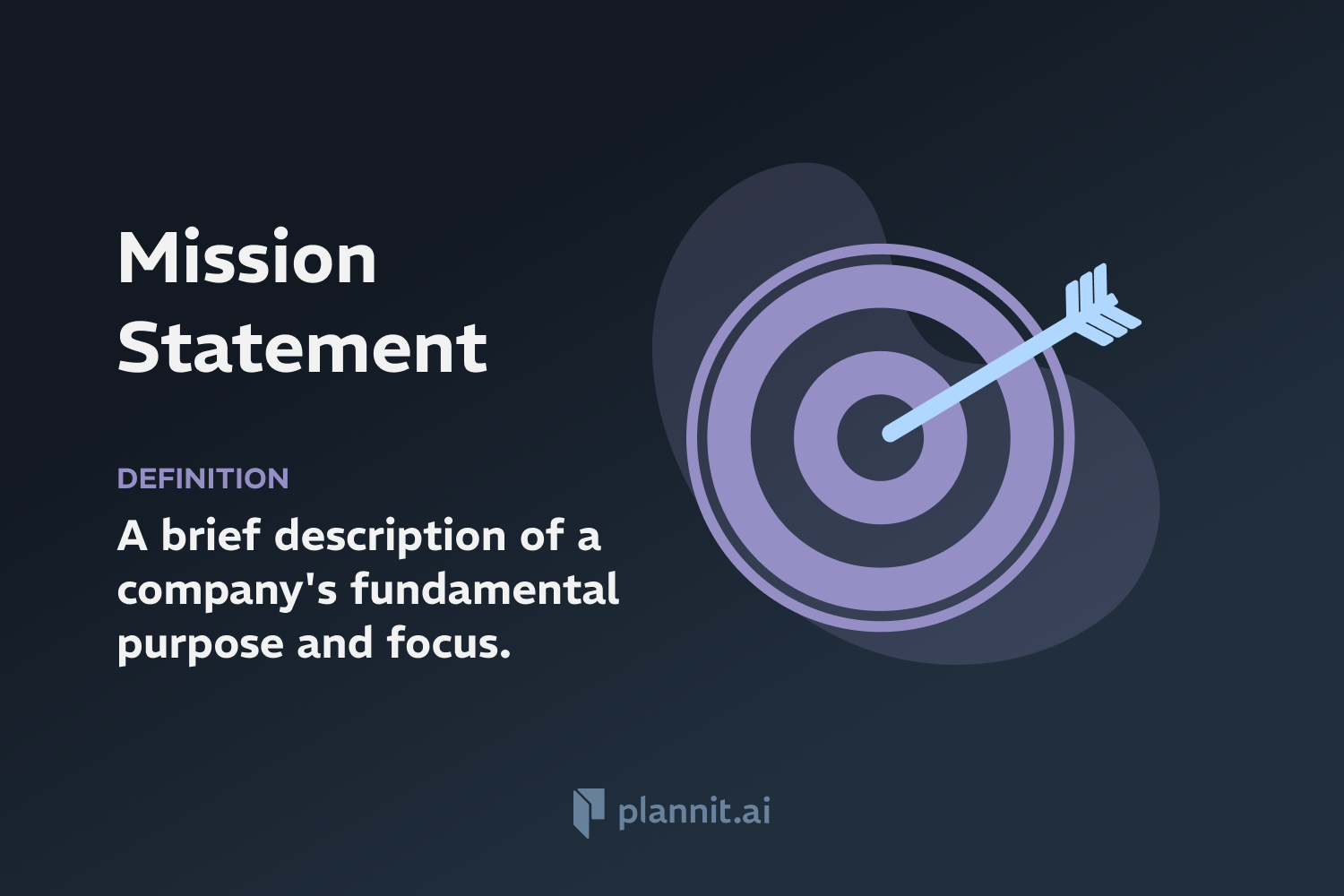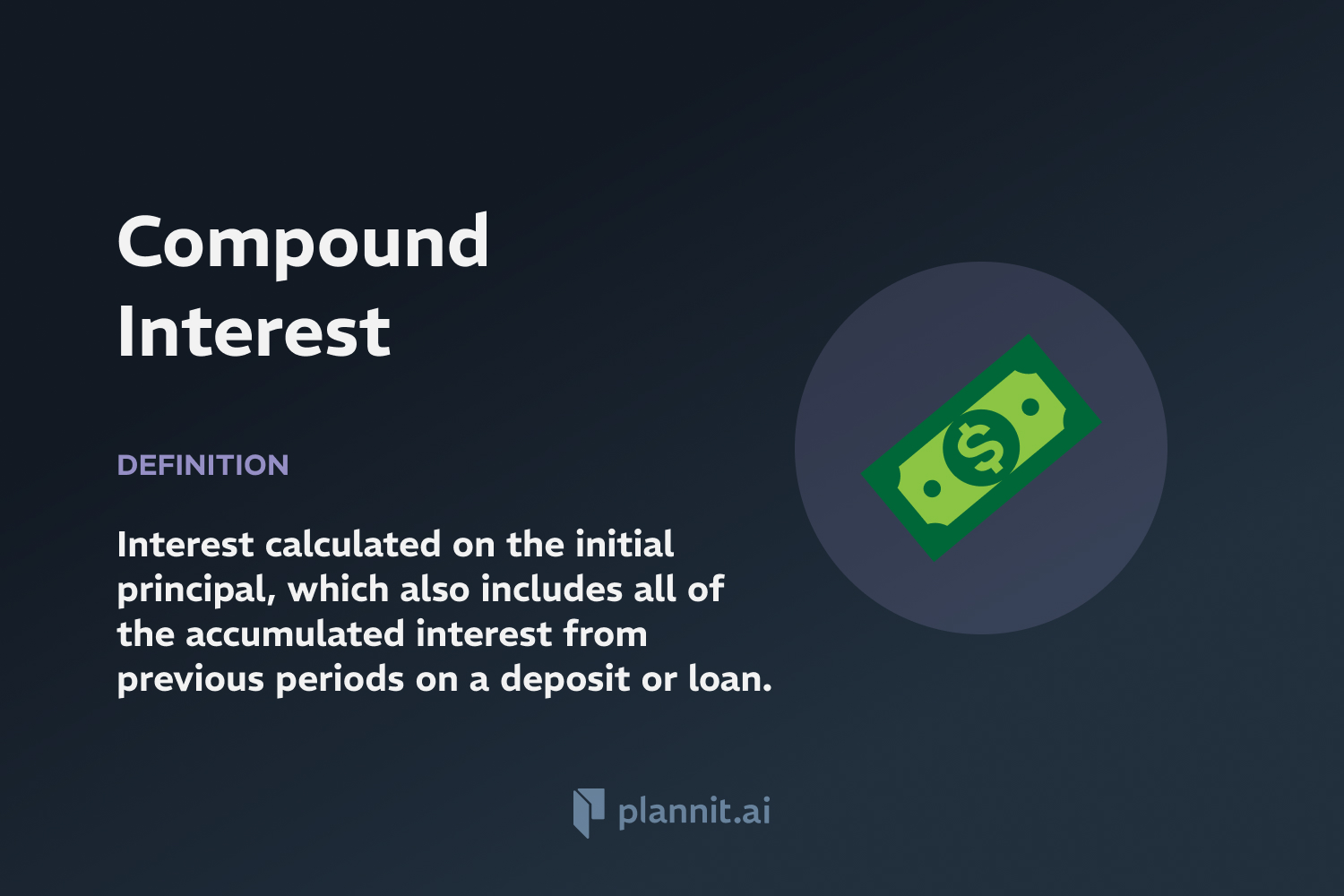Need Help With Your Business Plan?
Answer tailored questions and get a detailed business plan in minutes.
Present Value: Definition & In-Depth Explanation
Definition:
Present Value (PV) is a financial concept that represents the current value of a future amount of money or stream of cash flows given a specific rate of return. Present value calculations are crucial for assessing the attractiveness of an investment by comparing the value today of an amount of money in the future.
Context of Use:
Present value is widely used in finance, including in areas such as investment analysis, capital budgeting, and retirement planning. It helps investors, financial analysts, and businesses determine the value of future cash flows in today's terms.
Purpose:
The purpose of calculating present value is to determine whether future cash flows of an investment are worth more today than the initial investment cost. This is important for making informed financial decisions, particularly when comparing different investment opportunities.
Example:
Investment Decision: Evaluating whether to receive $100,000 five years from now or an amount today. Using a discount rate, one can calculate the present value of the $100,000 to see if it exceeds today’s investment opportunity.
Loan Payments: Calculating the present value of remaining mortgage or loan payments to decide whether paying off a loan early is beneficial.
Related Terms:
Future Value: The value of a current asset at a future date based on an assumed rate of growth over time.
Discount Rate: The rate used to discount future cash flows to their present value; often reflects the cost of capital or an expected rate of return.
Net Present Value (NPV): The difference between the present value of cash inflows and the present value of cash outflows over a period of time.
FAQs:
1. How do you calculate present value?
A: Present value is calculated using the formula: PV=FV(1+r)nPV = \frac{FV}{(1 + r)^n}PV=(1+r)nFV, where FVFVFV is the future value of the money, rrr is the discount rate, and nnn is the number of compounding periods between the present and future dates.
2. What factors affect the present value?
A: Key factors include the amount of future cash flows, the time period until those cash flows occur, and the discount rate, which reflects the opportunity cost and risk.
3. Why is the discount rate important in present value calculations?
A: The discount rate is critical as it adjusts the future cash flows for the risk of the investment and the time value of money, essentially showing what future cash flows are worth today.
4. Can present value be negative?
A: Yes, if the future cash flows are outflows (like loan payments), the present value can be considered a negative number, representing a liability.
5. How does present value help in investment decisions?
A: By calculating the present value of expected cash flows, investors can determine if the potential earnings from an investment outweigh the initial outlay and compare the attractiveness of various investment options.
Get funding with a business plan that will impress investors.
Starting a New Business?



